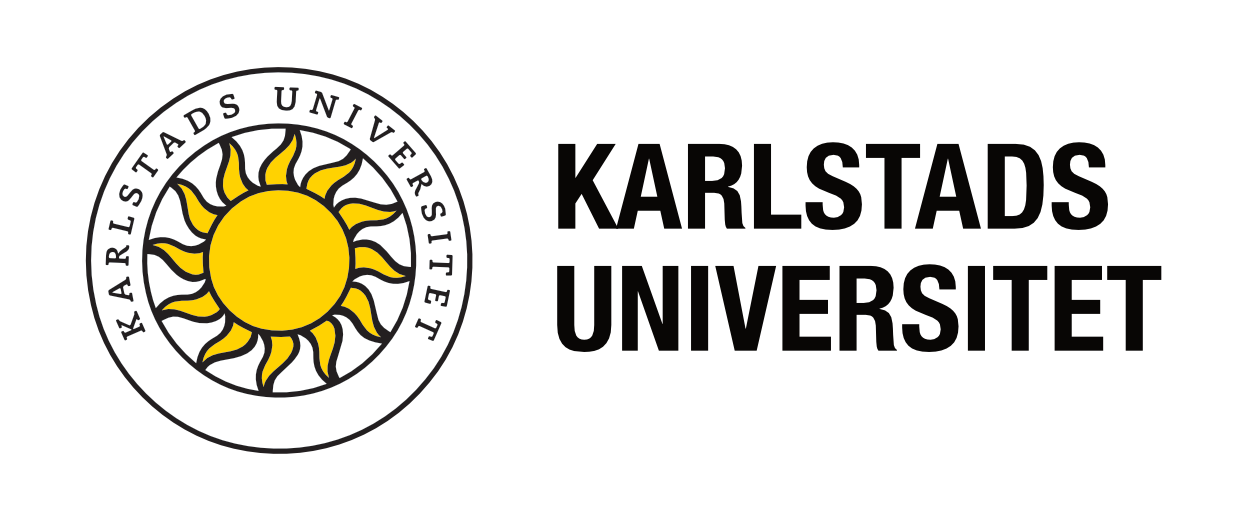In take-home exams, students are sometimes given a relatively long time to complete it, e. g. several days. Some students take the chance of being able to pass the exam assignments by searching the literature and reading just the minimum needed to pass the direct exam questions.
Solution
Reduce the time window to a few hours, e. g. 3-6 hours (i. e. roughly as in the case of hall exams) and use open-ended questions where it is included to decide for yourself which theory or theoretical models are needed to solve the task. The limitation in time increases the student’s risk of not having sufficient time to find easy solutions in the course textbooks and course material and the open question design (to decide for yourself which theory is relevant) reduces the risk that the tasks can be solved by just browsing the course literature or google solutions.
Concrete steps
Use open, scenario-based questions. Many courses aim for the student to be able to understand and/or handle situations/phenomena in the real world. Describe such a relevant situation/phenomenon and ask the student to handle a certain aspect of it and also clearly present which theory is applied (to use theoretical concepts from a relevant theoretical model in a relevant way).
This questioning technique can be used to test a large variety of different kinds of knowledge/ability, e. g. if the student “recognizes” and can “classify” phenomena, as well as “identify” components or “relationships between components”, or “identify cause-effect-contexts”, or conduct analytical reasoning based on a real-world situation.
Example
In a course in leadership, the scenario in the exam consists of a transcribed conversation from a meeting with several participants. Typically, it consists of 2-5 individuals having a conversation of totally 10-15 lines. The assignment task is to describe/analyze the conversation using conflict theory where the individual participants’ conflict style is to be identified/analyzed. The exact same scenario can be used for several similar tasks, e. g. to describe it using negotiation theory, applying models for difficult (emotionally loaded) conversational situations or from a management perspective (with concepts taken from a certain specified leadership model).
For testing of “higher” abilities, the task may be to analyze the same scenario several times, each time with the support of a different theoretical model. This has proven to be a useful task to determine if the student really understands the different theoretical models.
Consequence
This question design is normally to be answered with free text answers, which makes automatic plagiarism control possible and makes cheating through collaboration more difficult.
Even minor changes to the scenarios used (or to the questions to be answered based on a particular scenario) force the students to produce unique solutions, which makes it possible for the teacher to reuse scenarios and questions in new combinations without much risk of students to use answers from previous exams as templates or for simple copying.
Written by
Tomas Jansson (UPE, Project management)

